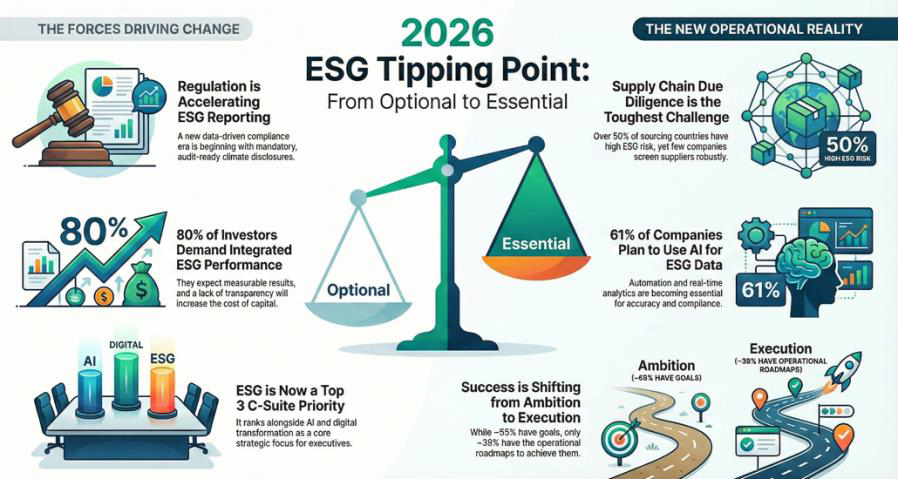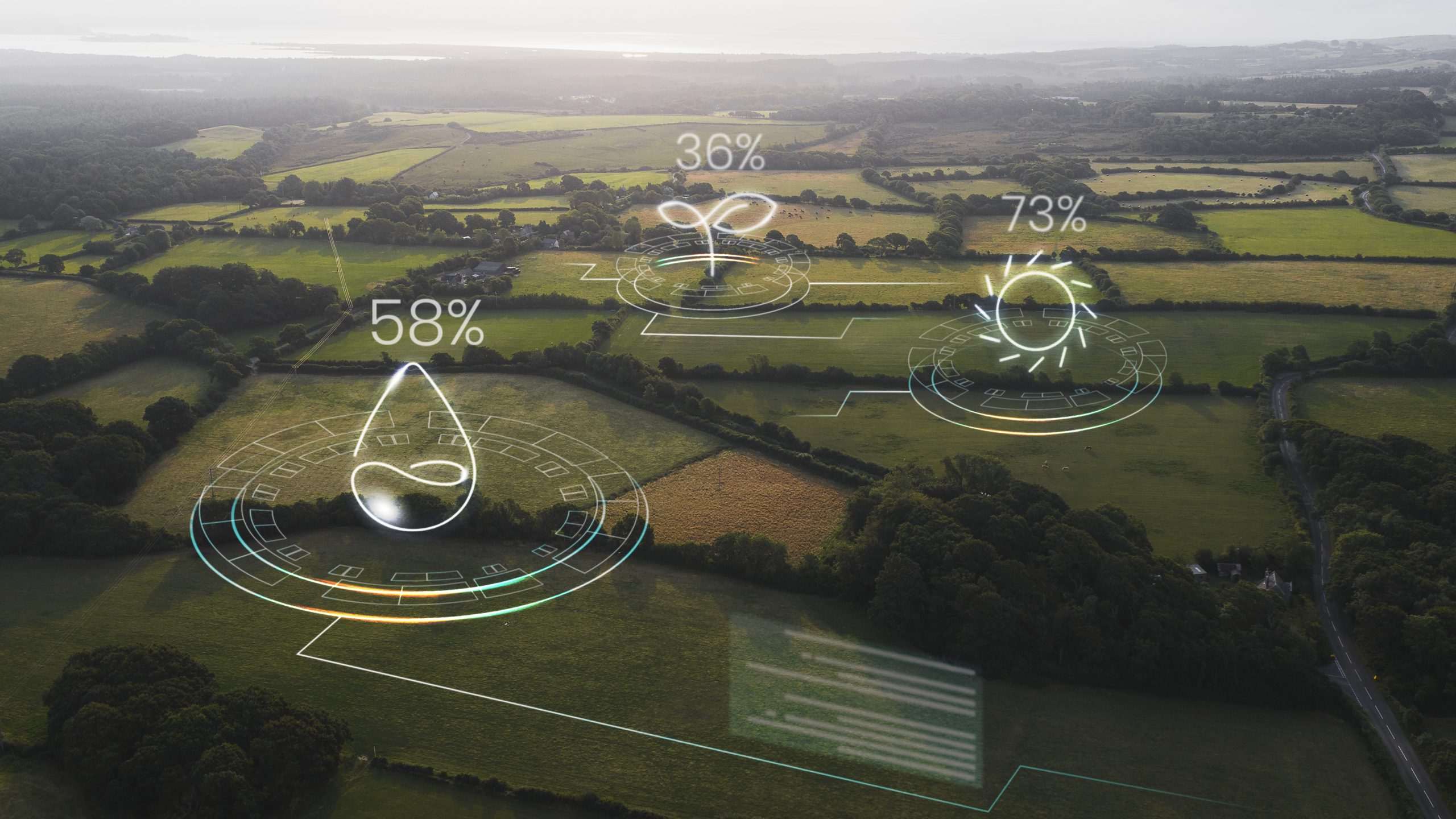By Alejandro Bernal Munoz – CEO, ComSu Solutions. As we move toward 2026, ESG and Sustainability are transforming the...
Understanding Scope 3 Emissions: A Critical Component of Corporate Sustainability

Scope 3 emissions represent a significant yet often overlooked part of a company’s overall greenhouse gas (GHG) emissions profile. These indirect emissions, which occur throughout the value chain, both upstream and downstream, can account for up to 70% of a company’s total emissions (World Economic Forum). They encompass everything from raw material extraction to product disposal, making them a critical factor in a company’s carbon footprint (US EPA).
The Importance of Addressing Scope 3 Emissions
Addressing Scope 3 emissions is critical for any comprehensive climate strategy. With the latest reports indicating that global warming could surpass the critical threshold of 1.5 degrees Celsius within the next two decades, businesses must act swiftly and decisively to mitigate their impact (World Economic Forum). Companies that focus on reducing these emissions not only contribute to climate goals but can also uncover efficiencies and enhance their brand reputation.
Strategies for Measuring and Reducing Scope 3 Emissions
- Identify Relevant Categories: The first step is to determine which of the 15 categories of Scope 3 emissions are relevant to the organization. This includes assessing factors such as size, influence, and sector-specific guidance(US EPA).
- Estimate Emissions: Various methods can be employed to estimate emissions in relevant categories, including fuel-based and spend-based calculations. Engaging with suppliers to gather data can significantly enhance the accuracy of these estimates (US EPA).
- Engage with Suppliers: Collaborative action is essential. Companies can help their suppliers understand and reduce their emissions, which often involves sharing best practices and technologies (World Economic Forum).
- Continuous Improvement: Organizations should focus on improving data accuracy and expanding the number of categories reported over time. This might include moving from secondary to primary data sources for more precise reporting (US EPA).
Introducing the Scope 3 Program

To further support businesses in addressing Scope 3 emissions, Comsu Solutions proudly presents the S3 Program. This comprehensive solution is specifically designed to reduce emissions throughout the entire supply chain by aligning suppliers with the company’s sustainability goals.
How It Works:
- Supplier Inventory: We create a detailed inventory of your suppliers and collect key data to map their carbon impact.
- Initial Assessment: We measure the carbon footprint across your supply chain, establishing a baseline and setting reduction targets.
- Goal Implementation: Targets are set in key areas such as energy consumption, waste management, and transportation, customized to each supplier.
- Monitoring & Reporting: Advanced tools allow for continuous monitoring and reporting on progress.
- Recognition & Incentives: We design incentive programs to encourage suppliers to meet or exceed sustainability targets.
- Continuous Improvement: Our team evaluates and adjusts the program to ensure its effectiveness and ongoing compliance with sustainability goals.
By implementing the S3 Program, companies not only address the challenge of Scope 3 emissions but also position themselves as sustainability leaders in their industry.
Addressing Scope 3 emissions is not just about compliance; it represents a significant opportunity for businesses to lead in the global sustainability movement. By leveraging the expertise of Comsu Solutions, organizations can take meaningful steps toward a more sustainable future.
For more information on our services and how we can support your sustainability goals, contact us at info@comsusolutions.com




